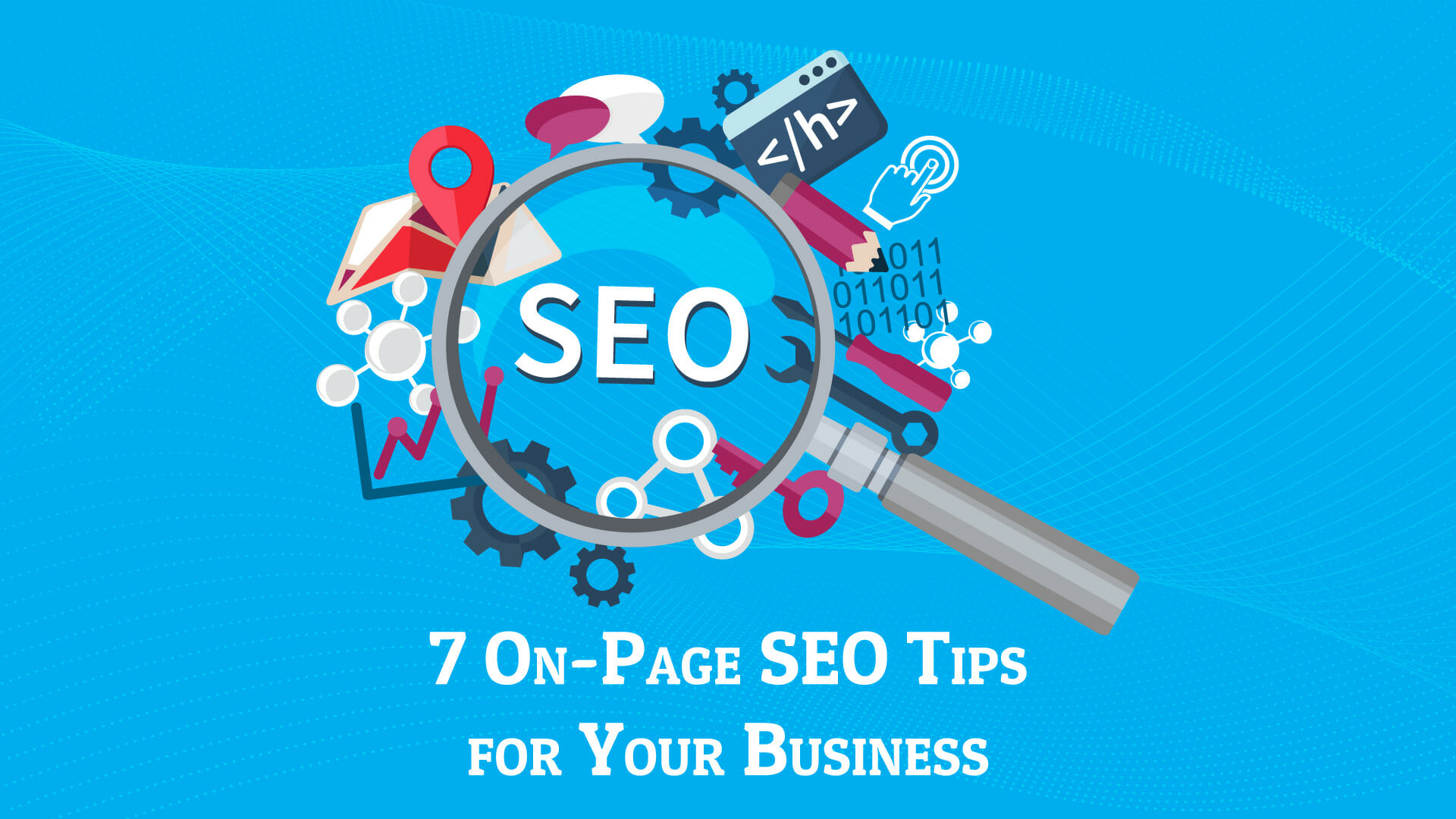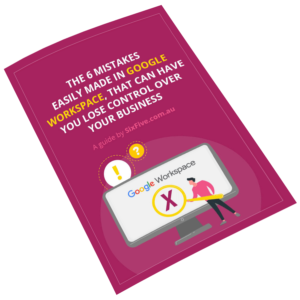
How many factors go into a high Google ranking? More than you think.
A lot of so-called SEO “strategies” are loosely based on link-building and finger-crossing. When in reality, link building is just one of the many on-page factors that impact Search Engine Optimization (SEO).
Unfortunately, Google’s algorithm is a mystery for everyone, except for the insiders. Most articles and eBooks we read on the topic of SEO are largely based on years of trial, error, wins, and experience. The good news is: on-page SEO is the closest you can get to controlling Google’s algorithm by implementing better practices.
Google even offers an SEO starter guide, which enlightens us on the essentials. But that’s a humongous guide, which you can add to your reading list. Right now, we’re going to be sharing a list of example pointers to get you started – and increase your chances of ranking higher on search engines.
Heading Tags
For search engines to rank pages under a certain search engine results page (SERP), they first need to “understand” what a page is about. That’s why every single page on your site should have an H1, or heading tag.
The H1 tag, commonly referred to as a headline, is one the most important parts of your page, SEO-wise. Above all, it should contain the page’s primary keyphrase (the two or three words you want your page to rank for). Not only will this let your reader know what to expect, but it’ll instruct the search engines to rank the page for that term.
As an example: if you’re offering ‘affordable SEO services’ – and you want your page to appear on Google results when people search for that term – you should make an effort to include those exact words on your H1.
Title Tag
The title tag is an HTML code tag that will show up on the SERP as a link. This link, which will contain the title of your page, will guide the user directly to that page after it’s clicked on.
From an SEO perspective, a title tag allows you to weave in your primary keyword for the page – thus increasing your chances of ranking. A great title tag also gives you an opportunity to make it persuasive, encouraging people to click through.
Remember: on a SERP, there are 9 other title tags competing with yours, not to mention the featured snippet on top of the page, and paid adverts. Front-load your primary keyword whenever you can, and use no more than 60 characters. If you go over that character limit, your title tag will be cut off by an ellipsis (…).
Meta Description
The meta description is the text snippet that goes just below the title tag. It’s another important element that appears in the search results and allows up to 160 characters of page description.
Make the most of those characters by including your primary keyword, as well as providing a concise, yet comprehensive description of your business.
Image Alt Text
Some people underestimate the ranking power of alt texts, but they’re just as important as any factor listed on this page. Every single image on your page (and across your whole website) should have an alt text explaining the content of that image.
The question is: why does such a small thing matter for SEO? Search engines, although very smart, are still unable to analyse images and videos. For them to do so, you’ll need to give that type of media a textual description. Besides, alt texts are helpful from an accessibility standpoint, by helping blind users’ screen readers.
Internal Linking
If you want to help Google understand and rank your website better, be sure to have a great internal linking strategy in place.
By leveraging your content to link to other important pages of your website through a descriptive anchor text, you’ll help the algorithm to understand what those pages are about. Plus, internal linking is a way to signal the importance of those pages to search engines. For example when making a link to a page for more information don’t do
“You can find more information here”
A better option:
“Click through to affordable SEO services for more information”
Mobile Responsiveness
Ever since mobile-first indexing became predominant, sites that aren’t optimised for mobile are bound to be ranked lower. Because mobile users make up around 50% of global web traffic, having a website that’s well-designed and functional on the smaller screen is a need, rather than an option.
Thankfully, a lot of ready-made themes and templates are already responsively designed, so you don’t have to worry about designing those elements yourself.
Website Speed
If your website takes more than 2 seconds to load…we’ve got a problem. Users can’t stand when pages take too long to load, and search engines know that. Here’s where it all connects: bounce rates are likely to soar when people don’t find what they want, quickly. That creates a poor user experience, which makes visitors unhappy. If visitors are unhappy, Google is more likely to penalise the responsible website.
How’s your website speed doing? You can test it right now using tools like GTMetrix and Pingdom tools.
Which Of Those On-Page SEO Elements Have You Optimised?
Depending on your current strategy, only a few of the above will be enough to increase your SEO ranking. Yet, that doesn’t mean you should stop there. There’s always something to improve – and if your goal is to rank #1 on a SERP, you need to have all of those boxes checked.
The more you rely on on-page SEO better practices, the better your chances of ranking higher. If you ever get into paid advertising, it can also lower the cost of your clicks!

